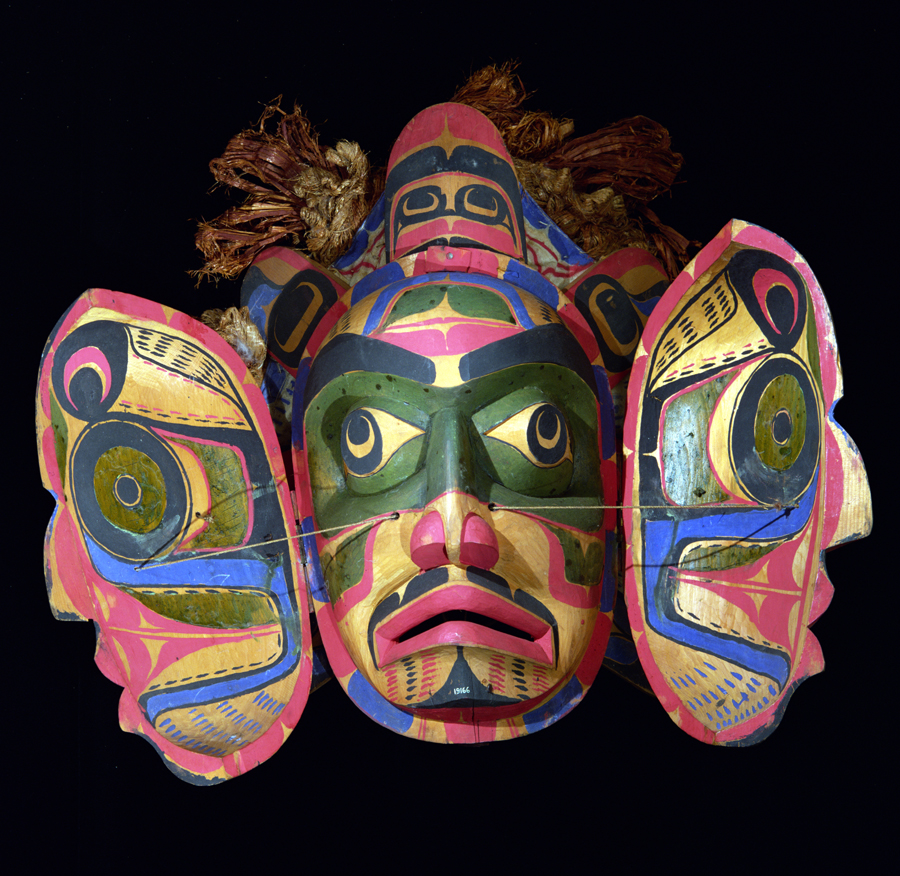
Exhibition Highlights Cultural Exchange Between Asia and the U.S. West Coast

### Exploring “Pacific Abstractions”: Asian Artists and Diasporic Influences in Abstract Art
#### Introduction: The Emergence of a Global Art Movement
In recent decades, art exhibitions have increasingly emphasized the global and inclusive nature of artistic expression. One such exhibit is *Pacific Abstractions*, currently on display at Perrotin gallery in Los Angeles, which shines a spotlight on Asian abstract artists, tracing the influence of their historical legacies and the unique expressions of contemporary diasporic artists, particularly on the U.S. West Coast. This show offers a vital lens examining the transpacific dialogue between cultures, materials, and philosophies, particularly against a backdrop of the vibrant urban landscape of Los Angeles — home to the country’s largest Asian-American population.
In this article, we explore some of the key aspects of *Pacific Abstractions*, the historical and contemporary Asian artists featured in the exhibit, and reflect on broader implications for understanding transnational art movements.
—
#### Asian American Demographics and the Art Scene in Los Angeles
The 1965 Immigration and Nationality Act marked a watershed moment in reshaping the demographic complexities of the United States. By eliminating national-origin quotas, the country saw a profound increase in the influx of immigrants, particularly from Asia. This legislative act facilitated the foundation of robust Asian American communities. By 1975, the population of Asian Americans had doubled, particularly in urban centers such as Los Angeles. Today, Los Angeles County boasts the largest Asian and Asian American population in the United States, making it a critical juncture for cultural and artistic exchange, both past and present.
The exhibit, **Pacific Abstractions**, not only features artists from this Asian diaspora but reconnects with art movements that originated abroad, spanning from South Korea to Japan, and which later resonated within the uniquely American contexts of the artists’ migration and settlement.
—
#### Dansaekhwa: Korean Monochrome Painting
One of the seminal movements featured in the exhibition is **Dansaekhwa**, which emerged in post-war Korea during the 1970s. Dansaekhwa, which translates as “Korean Monochrome Painting,” consisted of abstract works that embraced muted color palettes and explored the tensions between materiality and surface. The artists involved in this movement used minimalist approaches as a means to reflect on the disarray and reconstruction of the nation following the devastation of war.
##### Park Seo-bo: The Écriture Series
Among the key figures highlighted is **Park Seo-bo**, one of the founding members of *Dansaekhwa*. His renowned *Écriture* series is featured in the exhibit, capturing his mastery of line and texture. Park’s process is deeply meditative, which involves drawing repetitive lines in ink on traditional **hanji** (Korean paper). Such meticulous methods tap into a philosophical restraint, functioning as a personal response to the emotional and physical divisions exemplified within the context of a fractured Korea.
##### Lee Bae and the Power of Gesture
Another prominent artist in *Pacific Abstractions* is **Lee Bae**, considered part of the second generation of *Dansaekhwa* adherents. His towering and powerful piece, *Brushstroke-38* (2024), involves expressive and gestural strokes of charcoal ink on paper. Bae’s use of traditional calligraphy brushes and the prominent role of the *body* in the making process evoke the visceral. His art suggests the deep, corporeal connection between the artist and work, acting as a bodily invocation of abstract thought.
##### Yunhee Min: Expanding Korean American Artistic Identity
The only Korean American artist in the exhibit, **Yunhee Min**, based in Los Angeles, expands the boundaries of *Dansaekhwa* for the modern context. She experiments with the physicality of paint, manipulating it onto the canvas in ways that challenge conventional applications. Her *Small* (2023) series uniquely captures how abstraction can be reinvented through the lens of diasporic narratives.
—
#### Japanese Abstract Artists and the Body
The exhibition engages in broader explorations of abstraction, beyond the Korean context, addressing the compelling focus on materiality and the body present in work by Japanese and Japanese-American artists.
##### Kazuo Kadonaga and the Transformation of Wood
**Kazuo Kadonaga** is recognized for his deep engagement with organic materials – his work *Wood No. 5 CI* (1984) offers an exemplar of process-driven abstraction. The piece involves the intricate manipulation of a cedar log that the artist sliced into hundreds of paper-thin sheets. These delicate fragments are reassembled to create a monumental structure. Kadonaga’s use of material — and his interaction with natural forces — directly reflects his time spent in his father’s sawmill. His process is reminiscent of ritualistic or spiritual connection to labor, land, and craftsmanship.
##### Keisho Okayama: Bridging Art and Painful Histories
For Japanese-American artist **Keisho Okay